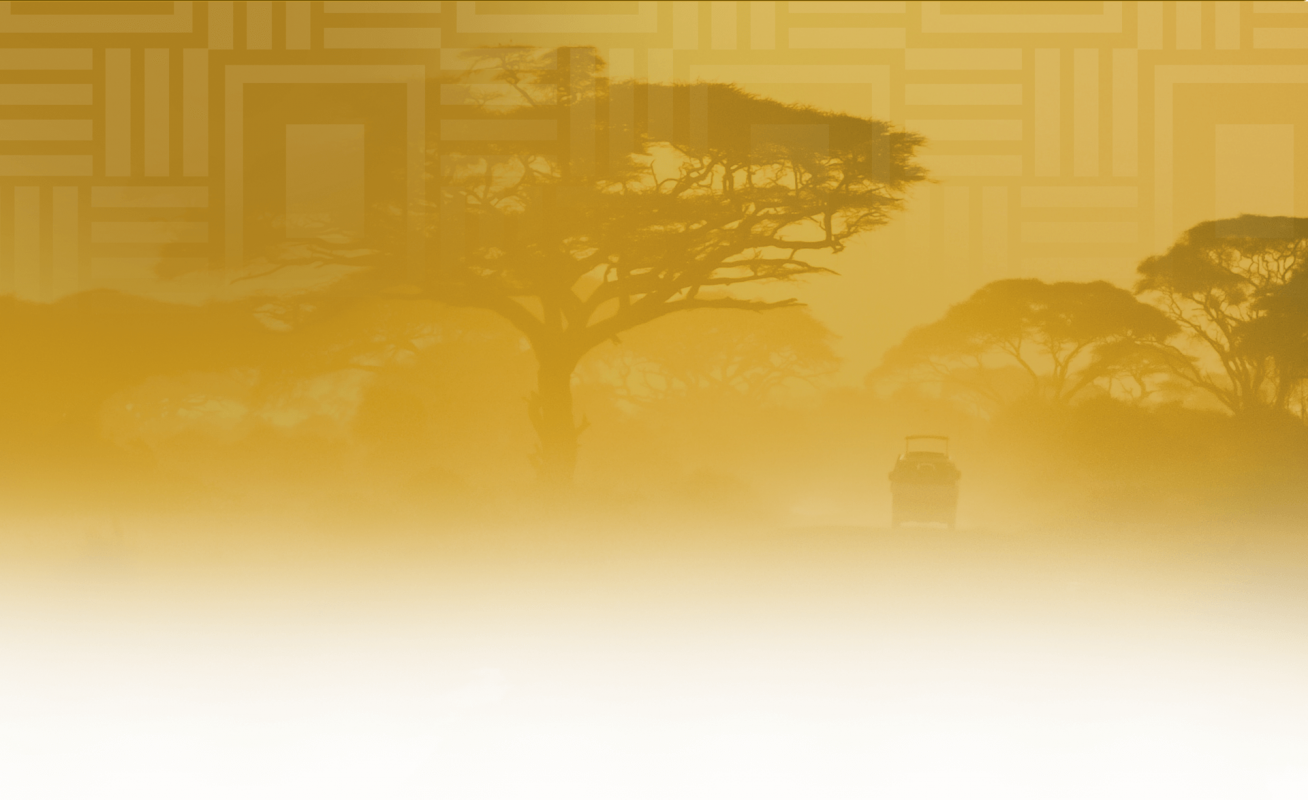
Mt. Kilimanjaro Weather – When is the Best Time to Climb?
The Mount Kilimanjaro weather affects your climb and your success chances. When to climb Kilimanjaro is an important decision.
Here are Three Important Things to Consider:
1. High Season = Dry Season:
The two high seasons for climbing Kilimanjaro are January through March and June through October. You can’t beat these months for weather and visibility, though you’ll have to share the trail with others. But sharing is caring, right? Plus this mountain is a behemoth; no matter the season—there’s plenty to go around.
2. Choose Experience:
Each year an estimated 25,000-30,000 people climb Kilimanjaro, so make sure your guides are prepared to handle any age, any experience, and any weather. Mount Kilimanjaro is a nontechnical trek so, with proper acclimatization, plenty of water, quality gear and guides, the summit is within reach, regardless of the season.
3. Safety First:
Let’s be real—Kilimanjaro is no walk in the park (but that’s why you’re considering it, right?) Above all else comes your personal safety, so be sure and align the decision of when with your skills and realistic goals.
So let’s look at the Kilimanjaro weather details over the year.
The Weather on Kilimanjaro – When to Go?
January – March: Less Rain, More People, Warmer Weather
- January is the driest time of year for climbing.
- A great time of year to consider Kilimanjaro for those less experienced.
- Warm and clear, the crowds are moderate.
March – May: More Rain, Fewer People, Cooler Weather
- Low season for Kilimanjaro, due to this period being the rainy season.
- Muddier trails and lower visibility.
- You’ll have the trails more to yourself.
June – October: Less Rain, More People, Cooler Weather
- This is the most popular season for Kilimanjaro treks.
- Students and families are on summer break, and many choose this time.
- By June the rainy season has subsided, bringing dry days and cool nights.
October – December: More Rain, Fewer People, Warmer Weather
- A short rainy season typically arrives in November.
- Choose these months and you’ll find fewer people.
- December can see more visitors due to the holidays.
There are a few more things worth mentioning about the weather on Kilimanjaro.
- You may decide to climb at a less than perfect time, be it because you want to avoid the main rush or because that is the only opportunity you have to take the time off from work. If that’s the case, consider the Rongai Route. The northern side of the mountain is much drier than the other Kilimanjaro routes.
- And if you want the best weather on Kilimanjaro but hate crowds, then the same applies. Choose your route wisely. There is less traffic on Rongai, Shira and Lemosho than on the overcrowded Machame and Marangu routes.
- The other thing are the temperatures. Photos of people in short sleeves during the climb, or without hats and gloves on the summit, may leave a wrong impression.
- The day and night temperatures can be vastly different. In that respect the alpine desert is no different to other deserts in the world. Above 4000 metres (13000 ft) a sunny day may be above 30°C (85F), the nights are still below zero.
- One question that nearly everybody asks: just how cold is it on the summit? Or rather, during that night climb? The temperatures during summit night can drop to -20°C (-5F), but be aware that with the additional chill factor of wind the felt temperature may be as low as -40 (curiously, both in degrees Celsius and Fahrenheit).
Prepare for the worst-case scenario, and then enjoy that everything turns out much easier than expected!


